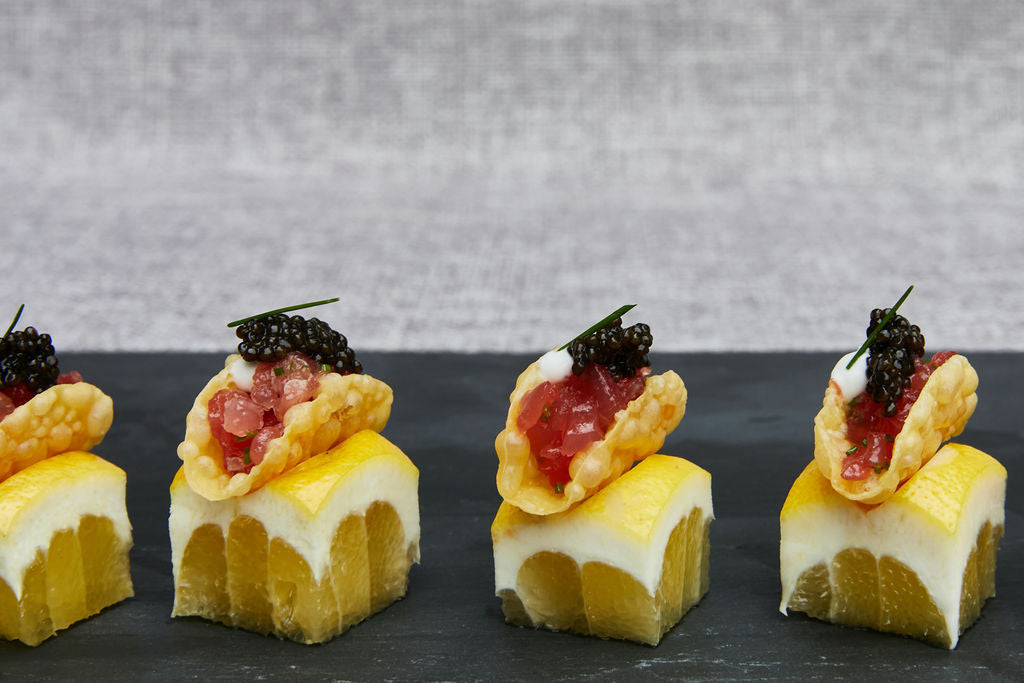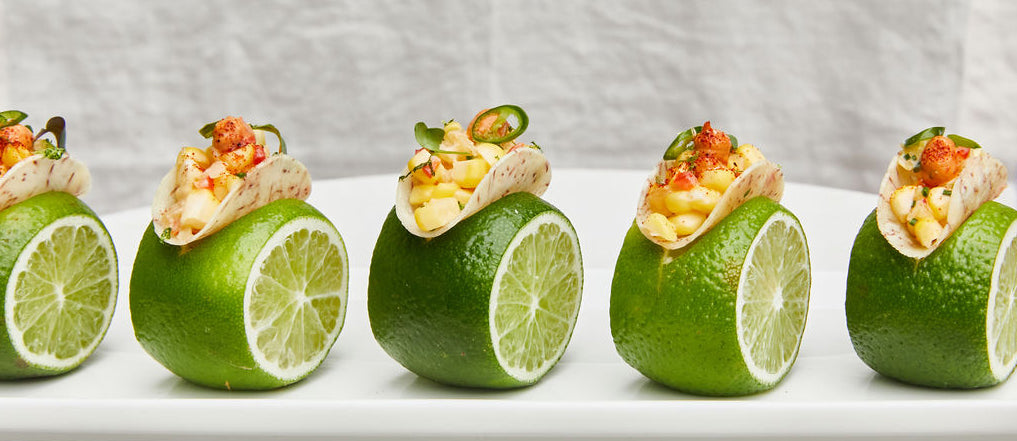
What are Wontons? Adaptable, Humble, and Timeless
Introduction
Few foods are as beloved worldwide as the wonton. What are wontons? Most often used for dumplings with a variety of fillings, wontons date back centuries. They may float in a fragrant broth. Many fry them to crispy perfection. Or some serve them with a rich sauce. No matter how they're served, wontons are a staple in Chinese cuisine and beyond.
Here we explore the wonton's evolution. Originating in ancient China, they've become a global sensation. A humble dish, wontons are also adaptable and timeless appeal. Let's survey wonton transformations through the centuries, and its modern-day incarnations.
Ancient Origins: What are Wontons?
The story of the wonton begins in China over 1,000 years ago, during the Han Dynasty (206 BCE–220 CE). The term "wonton" (云吞, yúntūn) translates to "swallowing clouds". The dumplings' appearance when floating in soup inspired this name. Early records show wontons as an upper-class delicacy, often reserved for special occasions.
By the Tang Dynasty (618–907 CE), the wonton had become more common, appearing in cookbooks and poetry. During this period the distinction between wontons and jiaozi (Chinese dumplings) became clear. Served boiled or steamed, crescent-shaped jiaozia are thicker. While wontons are usually served in a delicate broth with a thinner, silkier wrapper.
You may know jiaozi as gyoza in American cuisine. These are the Japanese version of the Chinese original jiaozi.
The Evolution of the Wonton: Regional Varieties and Innovations
As Chinese culture spread across Asia, so too did the wonton. Regional variations developed, each with distinct flavors and preparation methods.
Cantonese-Style Wontons
Cantonese wontons, particularly from Guangzhou, became famous for their refined flavors. Even with shrimp, pork, and aromatic seasonings inside they float. These wontons swim in a clear, umami-rich broth with thin egg noodles. This style remains popular in dim sum restaurants worldwide.
Sichuan Spicy Wontons
Sichuan cuisine introduced a fiery twist on the classic wonton. Known as "Red Oil Wontons" (油潮湯, yóuchāo wán), these are spicy dumplings. Hot chili oil sauce, showcases the Sichuan region's love for bold flavors.
Northern Chinese Wontons
In Northern China, wontons are larger, heartier, and often stuffed. You'll often find combos like pork, leeks, and mushrooms inside. A favorite winter meal, they're served in a simple chicken or pork broth.
Wontons in Taiwan and Southeast Asia
Taiwanese wontons may float in a light, delicate broth or play a part in dry noodle dishes. In Southeast Asia, particularly in Thailand and Malaysia, wontons are often deep-fried. They pair well with sweet chili sauce. This combo highlights local preferences for crisp textures and bold flavors.
What are Wonton Skins? A Foundation for Flavor and Texture
No wonton is complete without its signature skin. Wonton skins are also known as wrappers. Thin sheets of dough, they're made from wheat flour, water, and sometimes egg. These skins are essential or encasing flavorful fillings. But they also for enhance the final dish with their own flavor and texture.
Wonton skins are special thanks to their versatility. When boiled, they become silky and tender. This complements the rich fillings inside to perfection. When deep-fried or baked, they crisp into a crunchy delight. This provides a light, golden texture with flair to any dish. Wontons also hold their shape and flavor well. This strength makes wonton skins ideal for a variety of culinary applications.
Beyond traditional dumplings, wonton skins are also used as event vessels. They make perfect shells for creative appetizers and canapés. From tiny tacos to crisped-up dessert shells, these wrappers can hold many fillings. Their adaptability makes them a party favorite. No matter the usage, wontons grace traditional and contemporary kitchens around the world.
What are Wontons Culinary Uses?
Wontons go far beyond their classic soup or fried presentation. Chefs, caterers, and home cooks use wonton skins in surprising ways. Here are some popular and creative culinary uses:
-
Wonton Cups: Pressed into muffin tins and baked, wonton skins make crispy cups. These can hold fillings like buffalo chicken, spicy tuna, or guacamole. Wonton cups make perfect party appetizers.
-
Wonton Chips: Cut into triangles and deep-fried or baked, they become ultra-light chips served with dips like sesame hummus or Asian-style salsas.
-
Dessert Wontons: Filled with ingredients like chocolate, fruit preserves, or sweetened cream cheese, and then fried or baked, these sweet treats are often dusted with powdered sugar or served with dipping sauces.
-
Wonton Lasagna: In a fusion twist, some chefs use wonton wrappers in place of pasta sheets for a lighter, crispier take on lasagna.
-
Wonton Tacos: Folded into taco shapes and crisped in the oven, wonton wrappers make excellent vessels for Asian-inspired tacos, filled with BBQ pork, pickled vegetables, or spicy tofu.
These creative expressions show just how the wonton—both in form and flavor—has inspired cooks around the globe to reimagine this ancient food in contemporary and delightful ways.
Classic wonton soup with shrimp and pork dumplings in a clear broth.
Golden fried wontons served with sweet chili sauce.
Crispy wonton taco cups filled with spicy tuna and avocado.
The Spread of Wontons to the West
Chinese immigrants brought wontons to the United States, Canada, and Europe in the 19th and early 20th centuries. Chinatowns in cities like San Francisco, New York, and London became hubs for authentic Chinese cuisine, introducing Western diners to the joys of wonton soup and fried wontons.
By the mid-20th century, Americanized versions of wontons emerged. Crab Rangoon, for example, is a deep-fried wonton filled with cream cheese and crab, an invention catering to Western palates rather than traditional Chinese cooking.
Wontons in the Modern Culinary World
Today, wontons continue to evolve. Chefs around the world experiment with fusion fillings like truffle-infused pork, kimchi and cheese, or even dessert wontons filled with Nutella and banana. The convenience of frozen wontons has made them a staple in home kitchens, allowing people to enjoy authentic flavors with minimal effort.
The rise of social media and food blogs has also contributed to the wonton's popularity. Viral food trends like "wonton nachos" and "wonton tacos" showcase the dumpling’s versatility. Meanwhile, high-end restaurants incorporate gourmet wonton dishes into their menus, elevating this ancient food into modern fine dining.
Fun Facts About Wontons
-
The earliest written mention of wontons dates back to the Han Dynasty over 2,000 years ago.
-
The word "wonton" in Cantonese (遊渡, wantan) means "swallowing clouds," reflecting their light, delicate appearance.
-
Wontons were historically considered a food of warmth and comfort, often eaten during winter festivals.
-
The world's largest wonton, made in 2012 in Hong Kong, weighed over 700 pounds!
-
Traditional Chinese medicine practitioners value the wonton. They believe wontons aid digestion due to their balanced combination of ingredients.
Conclusion
Wontons have stayed popular through thousands of years. This history is a testament to the versatility and endurance of traditional foods.
From its origins in ancient China to its modern incarnations worldwide, this little dumpling has captured the hearts and appetites of people across cultures.
Wontons add a textural treat to comforting bowls of soup. Crisped to golden perfection, chefs reimagine their uses with crispy tacos and cups. Delicious wontons symbolize warmth, tradition, and the satisfaction of sharing a good meal.
Footnotes
-
"The History of Chinese Dumplings," China Highlights, accessed March 2025.
-
Yan-Kit So, Classic Chinese Cooking, Knopf Publishing, 1992.
-
"Wontons vs. Dumplings: What’s the Difference?" The Woks of Life, accessed March 2025.
-
Kenneth Lo, Chinese Food Made Easy, HarperCollins, 2005.
-
"Global Trends in Chinese Cuisine," Culinary Institute of America, 2023.
-
"The Evolution of Wontons in Western Cuisine," Smithsonian Magazine, 2024.

